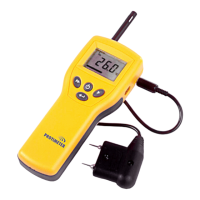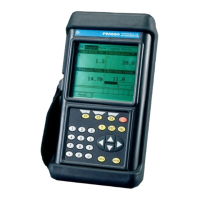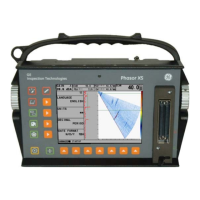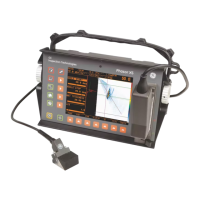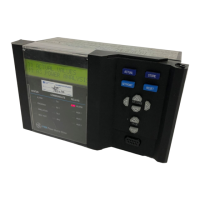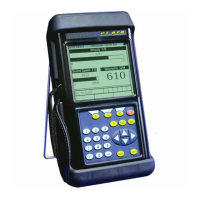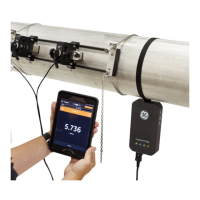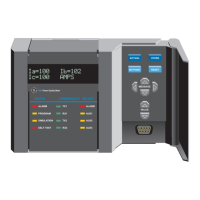om 5184516-100 Rev. 5 5-26
ILLUSTRATION 5-25
PROTOCOL EDITOR
Select Protocols, then Edit to add protocols to your system or to modify an exist-
ing one.
After adjustments have been made and the data for the protocols saved. The total
protocol data can be archived to CD by selecting Backup. (It is always advisable
to maintain a record of data and changes as a backup file.)
If data is lost, insert the backup CD and select Retrieve. All previous data is
returned to the system.
3-2Protocols
The protocol database stores technique information for commonly performed
exams. The user needs only to select a procedure from the database, and the
system will set up the technique information according to the selected procedure.
This section describes the structure of the database.
Protocol Category: At the top level is Protocol Categories. The Protocol Cate-
gory names are defined by the user. 8 Protocol Categories can be created.
Protocol: Within a Protocol Category Protocols are defined. The Protocol names
are defined by the user. The Protocol is intended to be defined at the exam level
(e.g. Spine, or Upper GI), rather than by specific views. 16 Protocols per Protocol
Category can be created.
Protocol Step: Within a Protocol, Steps are defined. The Protocol Step names
are defined by the user. The Protocol Step is typically defined at the view level
(e.g. Lateral Chest, or Scout for Upper GI). 6 Protocol Steps per Protocol can be
created.
For each Protocol Step, the user is able to define whether it supports Tube 1 (Dig-
ital Record and Fluoro) or Tube 2 (RAD) and the corresponding technique param-
eters.
The protocol database file stored on the system has the capacity to store up to
4000 individual operator defined protocols.
FOR TRAINING PURPOSES ONLY!
NOTE: Once downloaded, this document is UNCONTROLLED, and therefore may not be the latest revision. Always confirm revision status against a validated source (ie CDL).
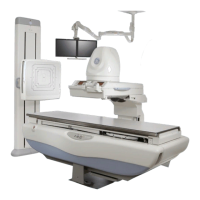
